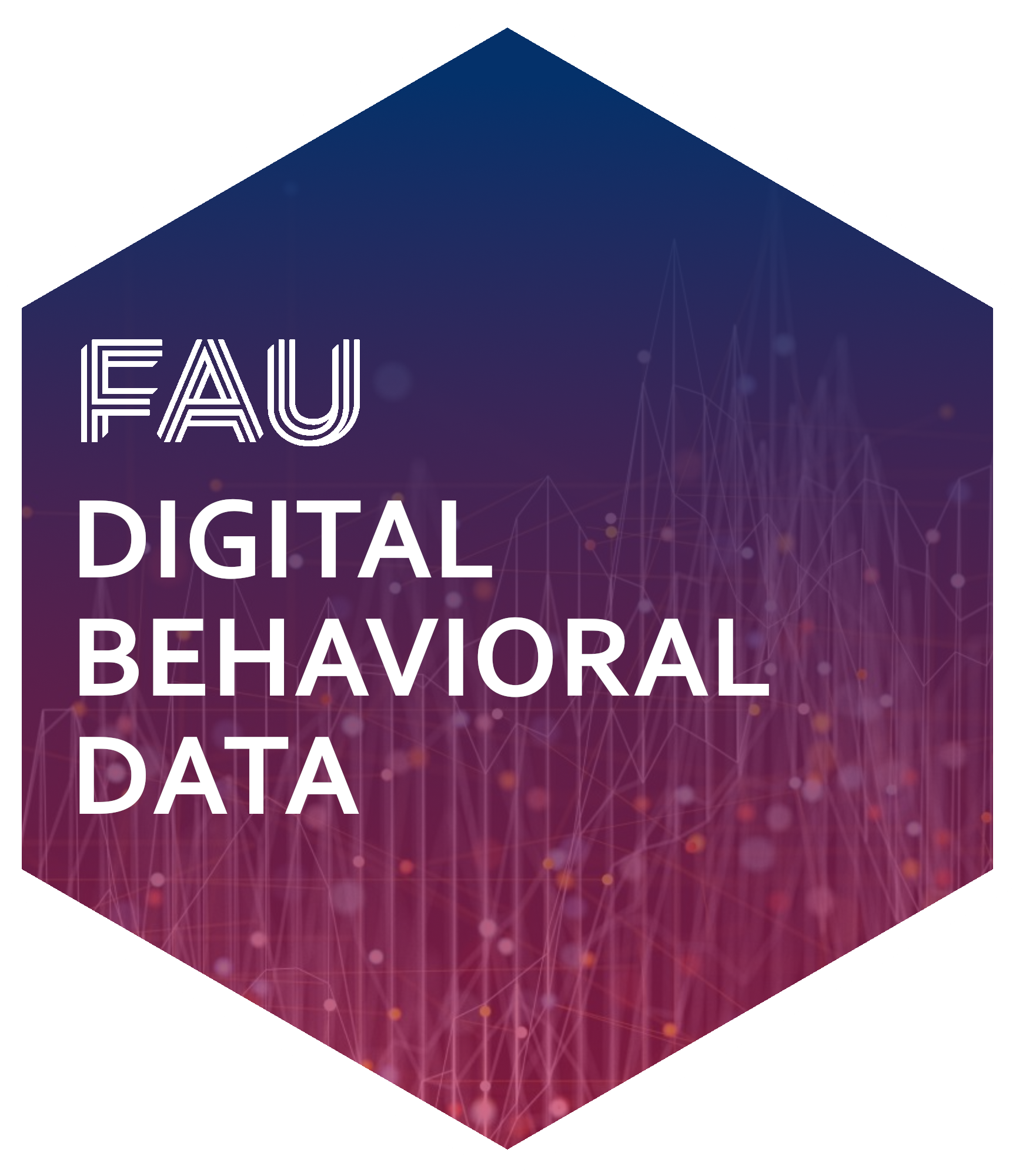Session 5
📚 Effekte von & TV-Debatten
## Literature
The following sections list the mandatory articles for the each presenting group. Additional optional articles are provided under Further reading.
📚 Thema 3: (Wirkungs-)Effekte der -Nutzung/Interaktion
- Xi, D., Xu, W., Tang, L., & Han, B. (2024). The impact of streamer emotions on viewer gifting behavior: Evidence from entertainment live streaming. Internet Research, 34(3), 748–783. https://doi.org/10.1108/INTR-05-2022-0350
- Bründl, S., Matt, C., Hess, T., & Engert, S. (2023). How synchronous participation affects the willingness to subscribe to social live streaming services: The role of co-interactive behavior on twitch. European Journal of Information Systems, 32(5), 800–817. https://doi.org/10.1080/0960085X.2022.2062468
- Wolff, G. H., & Shen, C. (2022). Audience size, moderator activity, gender, and content diversity: Exploring user participation and financial commitment on Twitch.tv. New Media & Society, 146144482110699. https://doi.org/10.1177/14614448211069996
Further Readings
- Han, C., Seering, J., Kumar, D., Hancock, J. T., & Durumeric, Z. (2023). Hate Raids on Twitch: Echoes of the Past, New Modalities, and Implications for Platform Governance. Proceedings of the ACM on Human-Computer Interaction, 7(CSCW1), 1–28. https://doi.org/10.1145/3579609
- Meisner, C. (2023). Networked Responses to Networked Harassment? Creators’ Coordinated Management of “Hate Raids” on Twitch. Social Media + Society, 9(2), 20563051231179696. https://doi.org/10.1177/20563051231179696
- Tomlinson, C. (2024). Community Grievances, personal responsibility, and DIY protection: Frustrations and solution-seeking among marginalized Twitch streamers. Convergence: The International Journal of Research into New Media Technologies, 30(1), 358–374. https://doi.org/10.1177/13548565231184060
- Hou, F., Guan, Z., Li, B., & Chong, A. Y. L. (2020). Factors influencing people’s continuous watching intention and consumption intention in live streaming. Internet Research, 30(1), 141–163. https://doi.org/10.1108/INTR-04-2018-0177
- Chinchilla, P., & Kim, J. (2024). “Let’s Chill and Chat”: Exploring the Effects of Streamers’ Self-Disclosure on Parasocial Interaction via Social Presence. International Journal of HumanComputer Interaction, 1–11. https://doi.org/10.1080/10447318.2024.2390263
📚 Thema 4: (Wirkungs-)Effekte von TV-Wahldebatten
- Le Pennec, C., & Pons, V. (2023). How do campaigns shape vote choice? Multicountry evidence from 62 elections and 56 TV debates*. The Quarterly Journal of Economics, 138(2), 703–767. https://doi.org/10.1093/qje/qjad002
- Waldvogel, T., König, P., Wagschal, U., Becker, B., & Weishaupt, S. (2022). It’s the emotion, stupid! Emotional responses to televised debates and their impact on voting intention. Open Political Science, 5(1), 13–28. https://doi.org/10.1515/openps-2022-0146
- Jennings, F. J., Bramlett, J. C., McKinney, M. S., & Hardy, M. M. (2020). Tweeting Along Partisan Lines: Identity-Motivated Elaboration and Presidential Debates. Social Media + Society, 6(4), 2056305120965518. https://doi.org/10.1177/2056305120965518
- Warner, B. R., Park, J., Kim, G.-E., McKinney, M. S., & Paul, Wm. B. (2024). Do Presidential Primary Debates Increase Political Polarization? American Behavioral Scientist, 68(1), 80–96. https://doi.org/10.1177/00027642211026613
Further Readings
- Benoit, W. L., Hansen, G. J., & Verser, R. M. (2003). A meta-analysis of the effects of viewing u.s. Presidential debates. Communication Monographs, 70(4), 335–350. https://doi.org/10.1080/0363775032000179133
- McKinney, M. S., & Warner, B. R. (2013). Do Presidential Debates Matter? Examining a Decade of Campaign Debate Effects. Argumentation and Advocacy, 49(4), 238–258. https://doi.org/10.1080/00028533.2013.11821800
Back to course schedule ⏎
